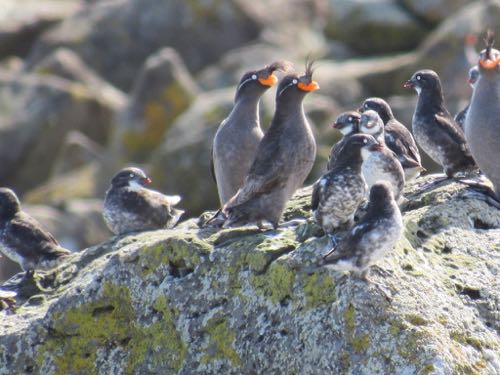
Pinky Promise
Can I just say that the more I learn about seabirds, the more I'm convinced they are the renegades of the animal kingdom? But what about lions, you ask? Or rhinos, or blue whales? Ahhh...funny you should ask.
Here are just five fabulous facts about Arctic seabirds. I pinky promise you will have a whole new respect for these winged, two-legged, hollow-boned, warm-blooded, oviparous (egg-laying) feathered friends by the end of my research expedition. Read on.
Less sometimes means more. Birds have evolved on land, and there are an estimated 9,000-10,000 types of them. About 500 of those types are seabirds, but they are equipped with unique adaptations for their life at sea, cold Arctic temperatures, and mind-blowing migratory distances. (More on these adaptations in another post!)
Why walk when you can fly? Some birds fly tremendous distances to get their food, flying over and scanning the water, while sporting wings that are quite long in proportion to their bodies. Additionally, their legs are small, weak, and placed further back, which makes them look awkward when they try to walk on land. (But hey, when you don't need your legs for walking, then it makes sense, right?) Don't let that fool you. Most of the seabirds are experts at finding food in the water. They are champion swimmers and divers, and the way their legs are set back on their bodies helps propel them through the water. Clumsy for walking, but unparalleled for swimming and finding dinner in depths of even 180m underwater!
They put ultra-endurance athletes to shame. When seabirds scan land and the waters from above, they rely on their powerful wings and agility to glide and soar for thousands of miles with little deviation. Most arctic bird species migrate; millions of birds come into and through the Bering Sea and Bering Strait in order to fledge the next generation before they head south again. Their flight and internal navigational abilities are critical because there are so few resting places for birds along the way.
Forget canaries in the coal mine; seabirds are harbingers of climate change. They are impacted by reduced sea-ice, changes in the sea temperatures, changes in food webs and species interactions, disease outbreaks, hunting, fishing bycatch, and pollution (contaminants and oil pollution). What we learn from them will influence how we address ecosystem changes.
This is the big one. Harking back to the very first sentence of this entry, the reason I find seabirds so exceptional is due to the fact that they are the only animals which link marine, coastal and terrestrial ecosystems both inside and outside the Arctic. They nest on land, forage and moult at sea, and fly thousands of migratory miles every year, making them critical components of Arctic ecosystems.
That to me is astonishing. Even moreso because I'd never even thought about it until this year. Never occurred to me, and when I read in this month's National Geographic magazine that seabirds are the kind of species that can disappear without anyone noticing, I wanted to say "pshaw!", and deny it up and down. Then I realized how little I knew or understood about these marvels of nature, and that yes, without this opportunity I would not have noticed what is happening with Arctic seabirds.
As I wrote above, I promise you'll gain a whole new level of respect for these feathered friends and come to value their role within the Arctic ecosystems. Follow me on my learning journey. Pinky promise it won't entail as many miles as our birds can fly.
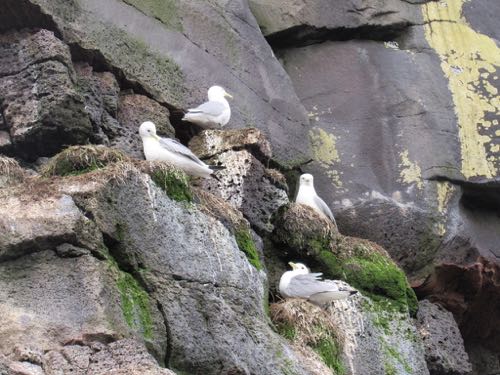
Today's Tweet
Land, sea and air make these Arctic seabirds exceptional in the animal kingdom. Awkward walkers. Champion swimmers. Can't wait to learn more.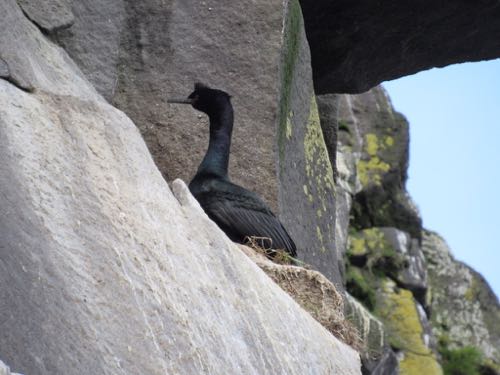
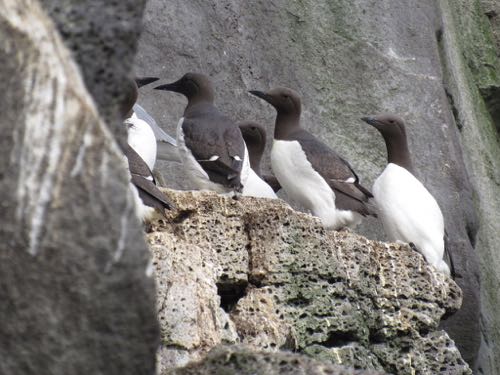
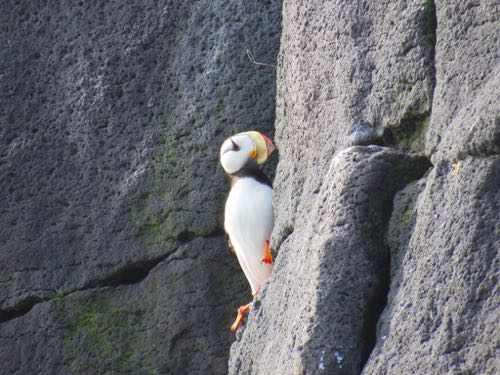
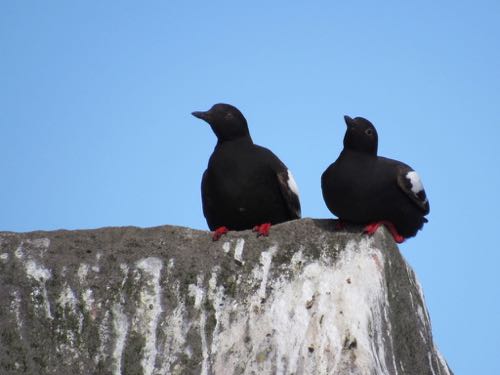
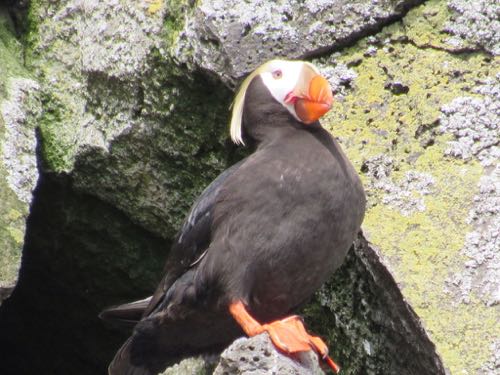
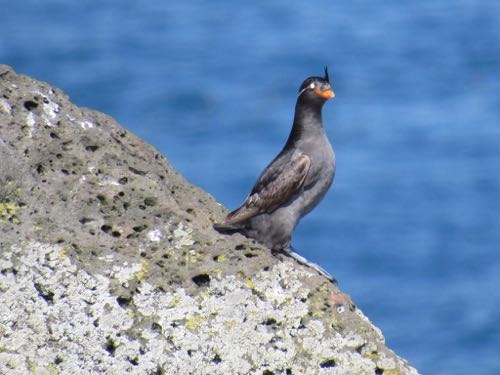
Latitude/ Longitude: 63.696732, -170.460907


Comments